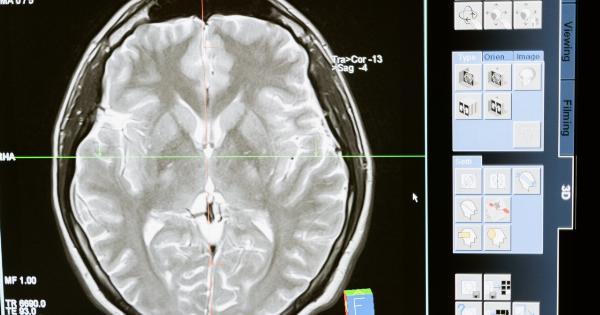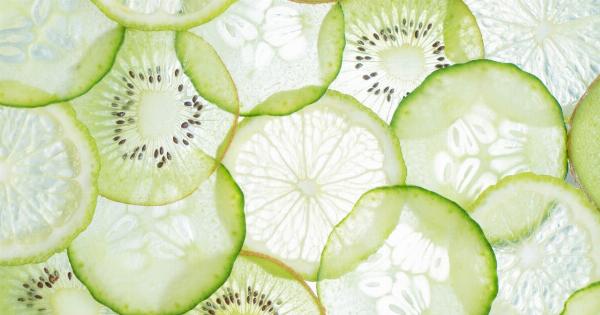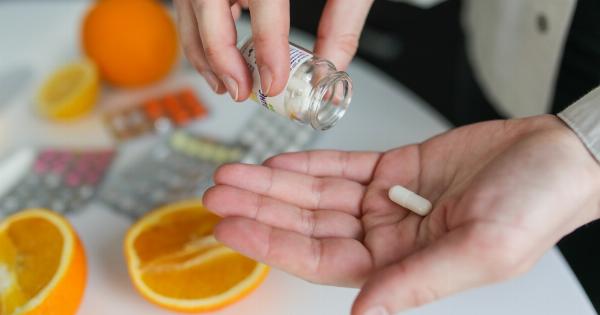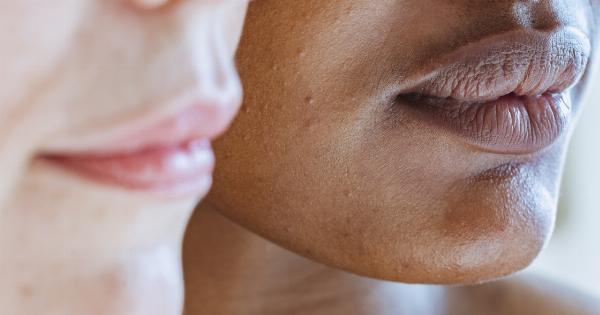Have you ever noticed small white fibers stuck in the corners of your mouth? These fibers, known as white lint, can often be found after waking up or throughout the day.
While they may seem harmless, white lint can actually be a sign of various underlying health issues.
What is White Lint?
White lint, also known as oral thrush or candidiasis, is a fungal infection that occurs in the mouth. The infection is caused by an overgrowth of the yeast Candida albicans.
The yeast can grow in various parts of the mouth, such as the tongue, cheeks, and tonsils. When candidiasis occurs, white or yellow patches may appear on the inside of the mouth, including the gums, tongue, and roof of the mouth.
Causes of White Lint
There are several reasons why white lint may appear in your mouth:.
- Poor oral hygiene: Failing to brush and floss your teeth regularly can lead to the growth of fungal or bacterial infections, including oral thrush.
- Weak immune system: People with weakened immune systems, such as people with HIV, cancer, or diabetes, are more susceptible to developing oral thrush.
- Medications: Certain medications, such as antibiotics and corticosteroids, can disrupt the natural balance of bacteria in your mouth, leading to an overgrowth of yeast.
- Dentures: Wearing dentures that do not fit properly can cause irritation and inflammation, leading to the growth of fungal infections.
- Smoking: Smoking can weaken the immune system and cause dry mouth, which can lead to the growth of fungal infections.
Treatment for White Lint
The treatment for white lint will depend on the underlying cause. If poor oral hygiene is the cause, then improving your oral hygiene habits, such as brushing and flossing regularly, may be all that is needed to treat oral thrush.
If an underlying medical condition is the cause, then treating that condition may be necessary.
There are also several antifungal medications available to treat oral thrush. These medications can come in the form of mouthwashes, lozenges, or tablets. In severe cases of oral thrush, intravenous medication may be needed.
It is important to speak with your healthcare provider if you are experiencing symptoms of oral thrush.
Preventing White Lint
While not all cases of oral thrush can be prevented, there are several steps you can take to reduce your risk:.
- Maintain good oral hygiene: Brush and floss your teeth regularly, and clean your dentures if you wear them.
- Eat a healthy diet: Include plenty of fruits, vegetables, and foods rich in probiotics, such as yogurt, in your diet.
- Avoid smoking or using tobacco products: Smoking can weaken the immune system and cause dry mouth, making you more susceptible to fungal infections.
- Avoid unnecessary antibiotics: Antibiotics can disrupt the balance of bacteria in your mouth, leading to an overgrowth of yeast. Only take antibiotics as prescribed by your healthcare provider.
- Control underlying medical conditions: If you have an underlying medical condition that weakens your immune system, work with your healthcare provider to manage that condition.
Conclusion
White lint in your mouth may seem like a harmless annoyance, but it can actually be a sign of a more serious health issue.
If you are experiencing symptoms of oral thrush, such as white or yellow patches in your mouth, it is important to speak with your healthcare provider. With proper treatment and prevention strategies, you can reduce your risk of developing oral thrush and maintain good oral health.



























